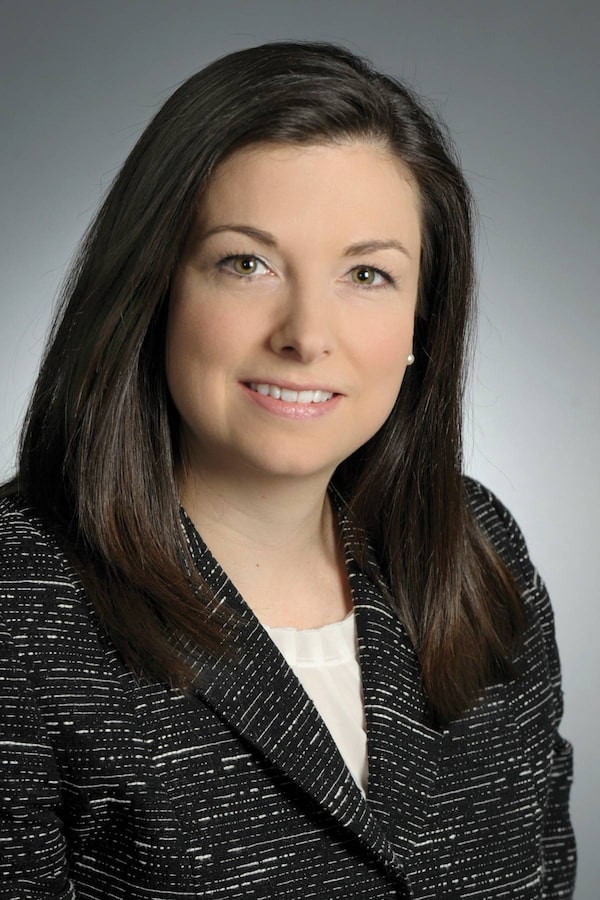
Allison Marshall, vice-president of high-net-worth planning services and financial advisory support with RBC Wealth Management in Toronto
Now that you're nearing retirement, you might think it's time to relax. With those years of saving and stashing behind you, you might expect that drawing down those savings – paying yourself in retirement – should be the easy part.
Well, not exactly. It's a much more intricate game than before.
Retirement is supposed to mark the end of toil and worry, yet for many it is just the start of it, says Allison Marshall, vice-president of high-net-worth planning services and financial advisory support with RBC Wealth Management in Toronto.
Read more: Decumulation: The next critical frontier in retirement planning
Among the factors responsible are increasing longevity, frugal government support for the retired and spiralling medical costs. In addition, most Canadians cannot count on gold-standard, defined-benefit pensions to produce steady income. Then add uncertain equity markets and rock-bottom interest rates crippling fixed-income payouts.
Then add to that the risk of drawing too much money in any given year and facing a clawback of government benefits. Retirees also must decide whether they would like to leave money to their heirs.
"My parents are just hitting retirement age and they are speaking to their friends and are hearing different messages from different people," Ms. Marshall says. "That is because everyone's situation is different."
First, retirees must take stock of their sources of income.
"You want to start with the CPP and OAS that you are entitled to," she says. From there she moves to "least flexible" sources of income such as a locked-in plan with a prior employer in which you are obligated to take a minimum payment. (Add in a registered retirement income fund, or RRIF, for those older than 71 who are required to withdraw a minimum amount each year.)
Ms. Marshall has found that some clients who have a big chunk of their savings in registered retirement savings plans (RRSPs) are worried about taking too much out, moving up in income brackets and creating a clawback of OAS income. Others worry that leaving a hefty amount in a registered plan at their death will leave a big tax bill for their estate.
Juggling multiple sources of income while minimizing taxes is also the goal of Sterling Rempel, a certified financial planner with Future Values Estate & Financial Planning in Calgary.
Mr. Rempel likens retirement saving and withdrawals to an hourglass: You fill the hourglass in your working years and upend it in retirement, and hope the "sand" doesn't run out before you do.
In his hourglass analogy, the base of savings is composed of registered programs such as RRSPs and spousal RRSPs followed by tax-free savings accounts (TFSAs) and non-registered savings that can include permanent life insurance.
When it comes time to upend the hourglass, he recommends clients draw down the non-registered savings first, then the TFSA holdings and finally the registered RRSP/RRIF plans. "The thought is we are going to hold on to those RRSPs and RRIFs as long as we can so that we can maximize those tax deferrals."
In the end, however, you can't beat death and taxes. At death, those tax-deferred savings "fall out of the hourglass all at once" and will be fully taxed, he observes.
Dan Hallett, a vice-president with HighView Financial Group in Oakville, Ont., agrees with the strategy to push the inevitable tax on RRSP/RRIF withdrawals "as far out in time as possible."
He worries that many Canadians will draw down their nest eggs too soon, leaving a meagre retirement in later years. He takes issue with the industry-standard annual draw-down rate of 4 per cent from retirement savings, arguing that it should be 2 per cent or 3 per cent given today's environment of ultra-low interest rates.
Trying to "juice up" clients' returns comes with assumption of more risk, either in the form of larding up retirement savings with more equities or by reaching for yield by adding higher-paying but inherently riskier fixed income such as high-yield (junk) debt or emerging economy debt.
It's not all doom and gloom for Mr. Hallett, though.
"Over the course of a client's retirement they may start receiving other income or perhaps an inheritance, or maybe there will be extra capital from a home downsizing or other change in life circumstance," he says. "In a case like that the initial withdrawal rate is less relevant."